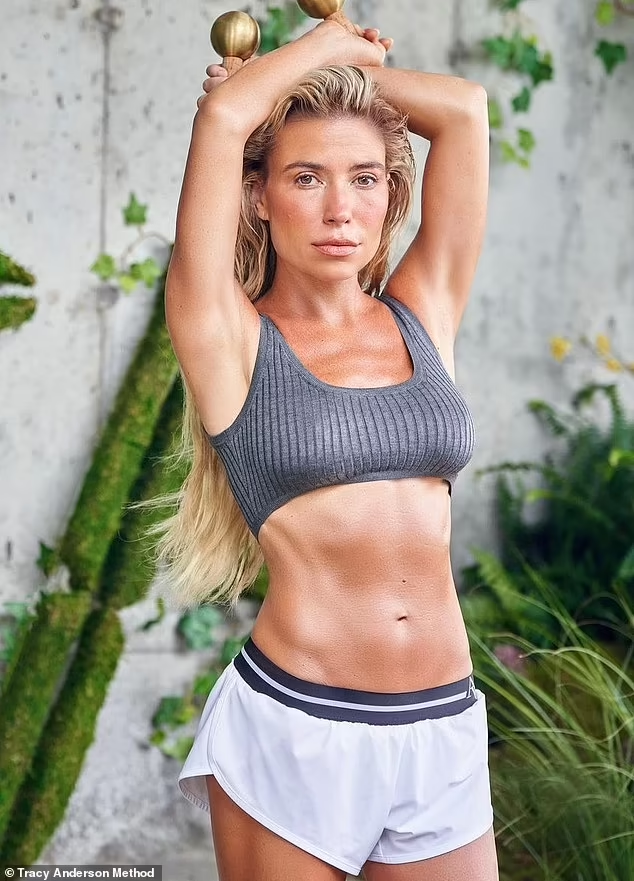Laundry Detergent Truths: How it’s Disrupting Our Homes and Health

We’ve been taught to associate a fresh, floral-scented load of laundry with cleanliness and comfort. But what if the detergents we trust to keep our homes clean are quietly disrupting our health, our environment, and even our daily routines?
The truth is, most mainstream detergents are far from harmless. Beneath the shiny labels and vibrant colors lies a handful of chemicals, artificial fragrances, and pollutants that many of us don’t realize we’re bringing into our homes and bodies.
The chemicals lurking in your laundry
Take a closer look at your detergent’s ingredients, you’ll likely find:
- Phthalates- Often hidden under “Fragrance,” these endocrine disruptors have been linked to hormone imbalance.
- Optical Brighteners– these don’t clean; they just coat clothes in a glowing film that reflects blue light to appear cleaner.
- Sodium Lauryl Sulfate (SLS)- A skin irritant also found in industrial cleaners.
- 1,4 Dioxne- A probable human carcinogen found in many detergents, even some labeled “Green”.
The worst part? These chemicals don’t rinse out easily. They cling to your clothes, rub against your skin, and end up inhaled or absorbed into your body over time.
2. Air Pollution Starts at Home
When you open your drawer or smell that “Clean” laundry scent, you’re breathing in more than just freshness. Synthetic fragrances release volatile organic compounds that contribute to indoor air pollution- a growing concern given how much time we now spend indoors. Studies show that these VOCs can trigger asthma, allergies, and headaches, especially in children and pets.
3. Environmental Fallout
Each load of laundry sends thousands of gallons of contaminated water- filled with microplastics, surfactants, and chemical residues- down the drain and into our water system. These pollutants wreak havoc on aquatic life and eventually circle back to us in the food chain. Not so clean after all.
4. Greenwashing the illusion of safety
Many products use terms like “natural,” “eco-friendly,” or dermatologist tested to win consumer trust. But these terms are often unregulated or misleading. Unless a detergent is certified by reputable third-party organizations (like EWG, USDA Organic, or Ecocert), it may still contain hidden toxins.
5. What you Can Do: Cleaning Without Compromise
If this all sounds overwhelming, take a breath. You don’t need to overhaul your home overnight. Start here:
- Switch to truly non-toxic brands like Branch Basics, Molly’s Suds, or Blueland.
- DIY your own detergent using baking soda, castile soap, and essential oils.
- Wash in cold water to reduce microplastic shedding
- Use wool dryer balls instead of dryer sheets (add essential oils for a natural scent).
Our homes should be a place a safety, not silent exposure. Detergents are just one piece of the toxic puzzle, but they’re a powerful one- used daily, touching our skin, our kid’s clothes, and the air we breathe.
By becoming more aware of what’s in our cleaning products, we take one step closer to creating a healthier, less disruptive environment for ourselves and our families. Let’s clean up the way we clean- and reclaim our homes from harmful habits disguised as hygiene.



































































